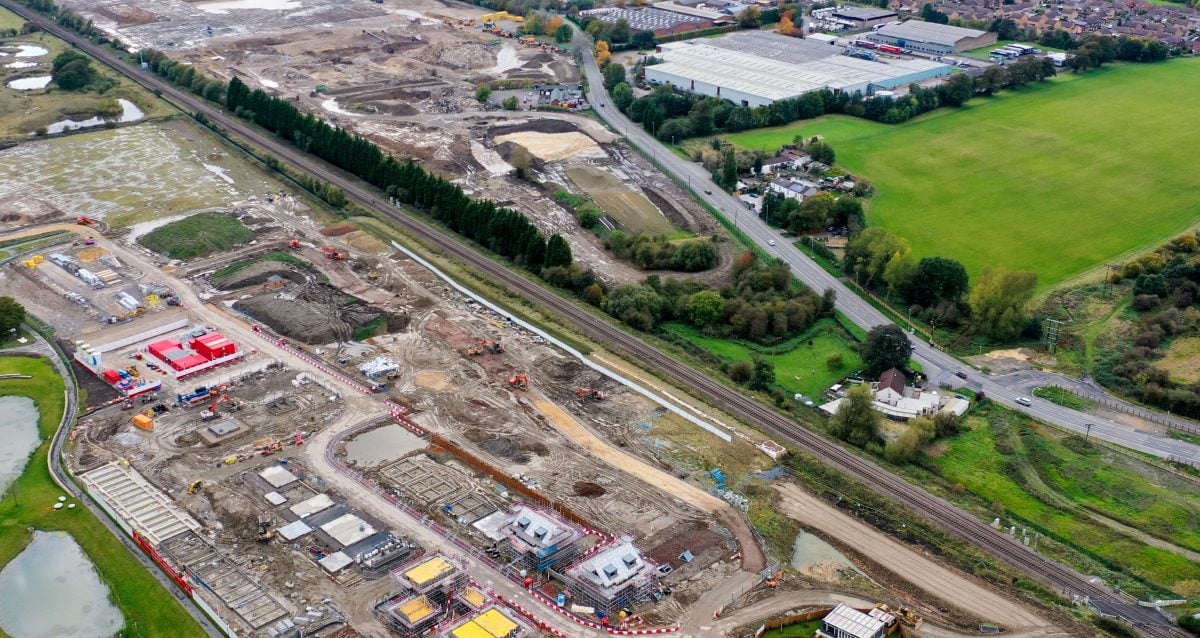Many of these waters are protected under a wealth of environmental legislation such as Water Environment Regulations, Conservation of Habitats and Species Regulations, the Ramsar Convention and are known as Special Protection Areas and Sites of Special Scientific Interest, amongst others. Excessive levels of nutrients, namely nitrogen and phosphorus, within bodies of water cause eutrophication that results in excess growth of algae and plants, deteriorating water quality and damaging local ecology. These nutrients occur through a range of sources including agricultural fertilises, food additives, animal waste, soil erosion and many more. Therefore it becomes increasingly important to offset nutrient leaching from development sites in order to prevent further deterioration of protected water bodies.
In 2018, a court of justice of the European Union was issued, highlighting the inherent issues of nitrate leaching and the importance of maintaining neutrality. Coined “The Dutch Case”, this legislation has caused many developments across England to be halted at all levels of planning, inclusive of RMs, while nutrient budgets and critical corresponding mitigation strategies can be assessed, ascertained and approved. Natural England have offered guidance for a select few areas where this has been determined to be a problem which can be used closely to unlock developments and ensure nutrient neutrality is achieved.
This situation will have significant impacts on current and future housing delivery if the guidance is not navigated clearly and with precision. Therefore, the team at Brookbanks have meticulously analysed the current legislation, guidance and advice on the issue in order to determine ways to unlock housing developments across the UK.
Although there remains uncertainty around the issue of ‘achieving nutrient neutrality’ with guidance and goal posts continuously evolving, there are a number of mitigation methods that can be applied, either standalone or in combination with one another, to move development forward (to programme and cost effectively).
In some cases, the change of land use from previous agricultural usage will improve nutrient budgets from the outset. However, and more often than not, it is necessary to appraise the wider development, all the developer’s land, and catchments in order to determine the best site specific mitigation strategy to prevent nutrient leaching. Land fallowing also offers another useful strategy for mitigation, particularly where the developers own land outside of the development boundary that can offset any nutrient leaching and improve surface water quality in the area.
Many Local Planning Authorities are also working to develop nutrient trade schemes to facilitate nutrient budget offsetting, however, it is important to realise that with the changing guidance and advice, these schemes may be a long way off becoming operational.
If your development is currently locked up by this issue, please contact us to discuss your options for driving your development forward. Dean Swann and Siobhan McGlynn head up our Nitrates and Phosphates team and would be delighted to speak to you for any questions and where beneficial are able to offer a solutions focused CPD for you and your team.





